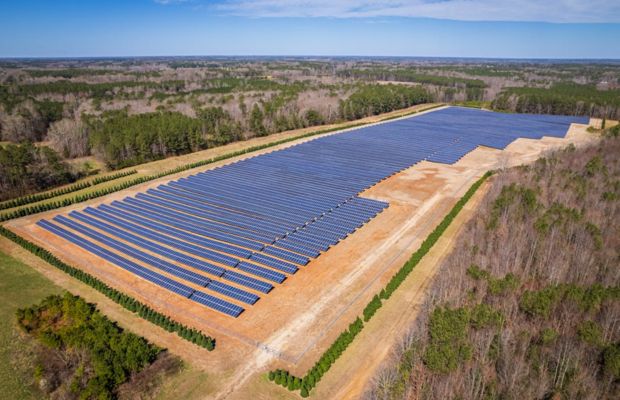The Middle East, known for its abundant oil and gas resources, is at a turning point in its energy sector. Home to major oil producers like Saudi Arabia, Iraq, and the UAE, the region has long relied on fossil fuels for its energy needs. However, there’s a growing recognition of the need to transition to cleaner sources of energy.
Currently, the investment in fossil fuels far outweighs that in clean energy. For every dollar spent on fossil fuels, only 20 cents go towards clean energy. This represents just a fraction of the global average. However, there’s hope on the horizon. By 2030, clean energy investment is expected to triple, accounting for a significant portion of total energy investment in the region.
There are significant disparities in income and energy consumption across Middle Eastern countries. While wealthy nations like Saudi Arabia and the UAE lead in income and energy use, countries like Yemen and Syria lag behind. Moreover, sovereign credit ratings vary widely, with some countries enjoying high ratings while others struggle.
Several countries in the region have set ambitious targets for achieving net zero emissions. The UAE and Oman aim to reach net zero by 2050, with others like Saudi Arabia, Bahrain, and Kuwait targeting 2060. These commitments signal a shift towards a more sustainable energy future.
The power sector presents a key opportunity for investment in clean energy technologies, particularly solar PV. Countries like Saudi Arabia are investing heavily in renewable energy, with plans to significantly increase their renewable capacity by 2030. Projects such as the Al Shuaibah solar plant in Saudi Arabia and the Mohammed bin Rashid Al Maktoum solar park in the UAE are already underway.
Additionally, there’s growing interest in hydrogen investments and critical minerals exploration. Saudi Arabia, for example, has launched a mineral exploration program, while the UAE is expanding its presence in the mining sector through partnerships abroad.


